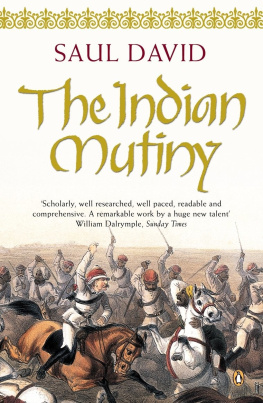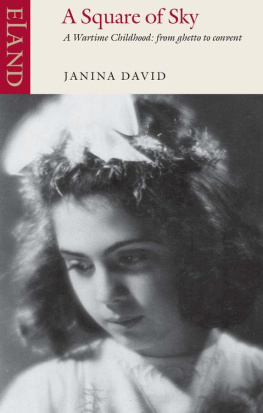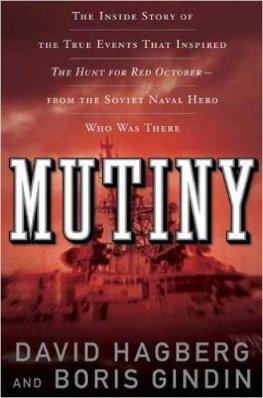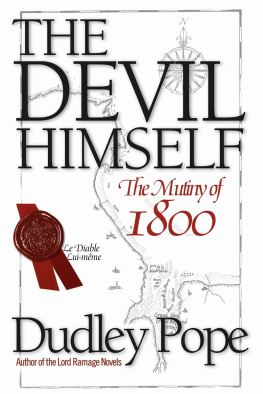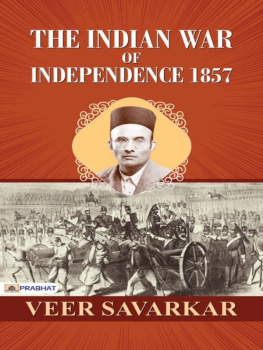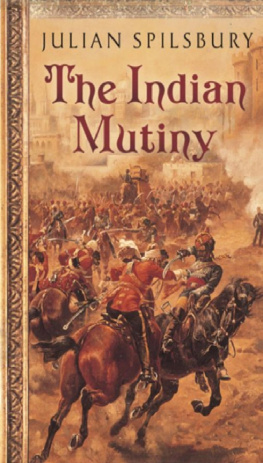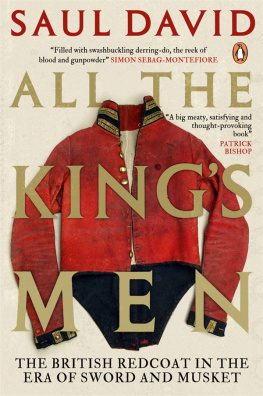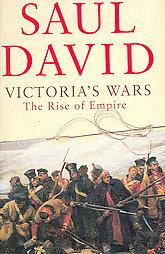The Indian Mutiny
1857
SAUL DAVID
VIKING an imprint of PENGUIN BOOKS
Published by the Penguin Group Penguin Books Ltd, 80 Strand, London WC2R ORL, England Penguin Putnam Inc., 375 Hudson Street, New York, New York 10014, USA Penguin Books Australia Ltd, 250 Camberwell Road, Camberwell, Victoria 3124, Australia Penguin Books Canada Ltd, 10 Alcorn Avenue, Toronto, Ontario, Canada M4V 3B2 Penguin Books India (P) Ltd, 11 Community Centre, Panchsheel Park, New Delhi - 110 017, India Penguin Books (NZ) Ltd, Cnr Rosedale and Airborne Roads, Albany, Auckland, New Zealand Penguin Books (South Africa) (Pty) Ltd, 24 Sturdee Avenue, Rosebank 2196, South Africa
Penguin Books Ltd, Registered Offices: 80 Strand, London WC2R ORL, England www.penguin.com
First published 2002
Set in 11/13.75pt Monotype Bembo Typeset by Rowland Phototypesetting Ltd, Bury St Edmunds, Suffolk Printed in Great Britain by Clays Ltd, St Ives plc
A CIP catalogue record for this book is available from the British Library
For Yarah
Contents
Acknowledgements
List of Illustrations
Maps:
Location of Mutinies in Northern India
Delhi
Lucknow
Cawnpore
Glossary
Prologue: The Electric Telegraph has saved us
| The East India Company |
| Carlo Canning |
| Professional Grievances |
| Go to hell dont bother me! |
| The Conspiracy |
| The Greased Cartridges |
| Mungul Pandy |
| The Storm Bursts |
| Delhi |
| The worst of the storm is past |
| The Mutiny Spreads |
| Oudh |
| Cawnpore |
| Satichaura Ghat |
| The Backlash |
| Enter Sir Colin Campbell |
| The Fall of Delhi |
| The Relief of Lucknow |
| The Reconquest of Oudh |
| The Rani of Jhansi |
| War is at an end |
AppendixOne: Was 31 May 1857 the Date Fixed for a General Mutiny of the Bengal Army?
AppendixTwo: The Civilian Conspiracy and Rebel Chiefs
AppendixThree: The Motive for Mutiny
AppendixFour: The Post-mutiny Reform of the Indian Army
SequenceofEvents
Acknowledgements
During the four years it took to research and write this book, I was assisted by a number of people. My greatest debt of gratitude is to Hew Strachan, the newly appointed Chichele Professor of The History of War at Oxford University, who encouraged me from the start.
I am also beholden to the trustees of the General Palit Military Studies Trust in particular Major-General D. K. Palit himself, John Miller and T. K. Mukherjee for awarding me a Fellowship and supporting my research in India. Other advice, assistance and companionship during my trip to India and Pakistan in 2000 was provided by my sister Catherine, Dr Kaushik Roy, Dr Ganeswar Nayak of the National Archives of India, Nigel Bryan, Khurshid Sohail, Lieutenant-Colonel Hameed Ullah Afridi and the officers of the Khyber Rifles. Thank you.
The following people were especially helpful during my research in Britain and I am grateful: Professor Sam Cohn, Professor Evan Mawdsley, Dr Simon Ball, Dr David Omissi, Alison Peden, Chris Fildes, Pamela Strachan, Dr Stewart and Noreen Harper, Paul Strathern, Lieutenant-Colonel John Inglis (the direct descendant of Brigadier John Inglis of Lucknow fame), the Revd Giles Goddard (ditto), Mary Jane Gibbons (a descendant of the Gough brothers) and Dr Margaret Bruce (a descendant of John Nicholson).
As ever, I must acknowledge the invaluable help given to me by the staffs of various institutions: the British Library, London Library, University of Glasgow Library, Monmouth Library, National Army Museum, National Archives of India, National Archives of Scotland and National Library of Scotland.
Finally, I would like to thank my new editor Andrew Kidd (for sticking with me through some very protracted negotiations), my agent Julian Alexander (for conducting those negotiations) and, last but not least, my wife Louise.
The spelling of place names is generally the one in current usage. The exceptions are those places which are far better known to a British readership by their colonial spelling: Benares (Varanasi), Cawnpore (Kanpur), Oudh (Awadh), Madras (Chennai) and Bombay (Mumbai), among others. When Indian personal names are shortened, the first name is used.
ListofIllustrations
| Government House (centre), Calcutta, with the Maidan in the foreground |
| Sepoys preparing for firing practice |
| Sir Henry Lawrence |
| Major-General Sir Archdale Wilson |
| Mutineers destroy a bungalow at Meerut during the outbreak of 10 May 1857 |
| Bahadur Shah II, the last Mogul King of Delhi |
| The Lahore Gate of the Red Fort at Delhi, containing the apartments of Captain Douglas, the commander of the Kings Guard. Douglas, the Revd Jennings, his daughter and her friend were murdered there on 11 May 1857 |
| Mutinous sowars of the 3rd Light Cavalry attacking Europeans at Delhi on 11 May 1857 |
| Herbert Edwardes |
| John Nicholson |
| Mutinous sepoys being blown from guns |
| The larger of the two barracks in Wheelers entrenchment. A former dragoon hospital, measuring 60 by 350 feet, its thatched roof was set on fire by an incendiary shell on 12 June 1857 |
| Satichaura Ghat, Cawnpore, from the Oudh bank of the Ganges. In the centre is the small boatmans temple from where the rebel leaders directed the massacre of 27 June 1857 |
| General Sir Mowbray Thomson, one of only four men to survive the massacre at Satichaura Ghat |
| Brigadier-General James Neill |
| Sir Henry Havelock |
| The interior of the Bibigarh at Cawnpore after the massacre of 15 July 1857 |
| Kunwar Singh (centrewithwhitebeard), the rebel Raja of Jagdispur |
| The battered Kashmir Gate at Delhi after it was successfully stormed by Wilsons troops on 14 September 1857 |
| The storming of Delhi |
| The Baillie Guard Gate of the Residency compound at Lucknow. Havelock, Outram and the relieving army entered through the opening on the extreme right |
| The battered Residency at Lucknow after its recapture by Sir Colin Campbell in March 1858 |
| General Sir Colin Campbell and his chief of staff, Major-General William Mansfield |
| T. H. Kavanagh VC |
| The 93rd Highlanders entering the breach in the Sikandarbagh at Lucknow on 16 November 1857 |
| The interior of the Sikandarbagh and the skeletons of the rebels slaughtered by the 93rd Highlanders and the 4th Punjab Infantry |
| Havelock and Sir James Outram greet their deliverer, Campbell, near the mess house at Lucknow on 17 November 1857 |
Next page
